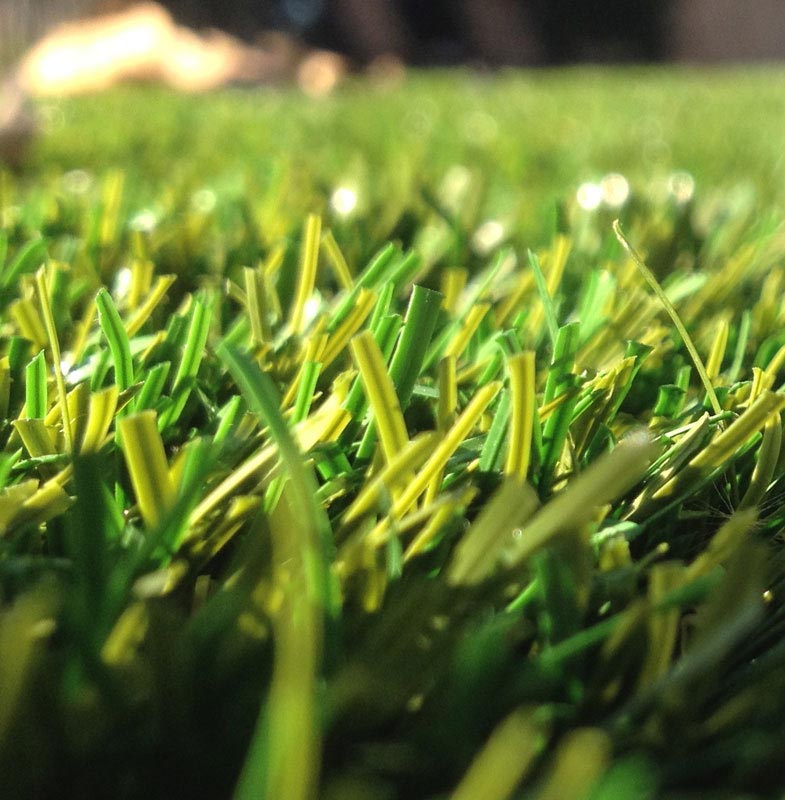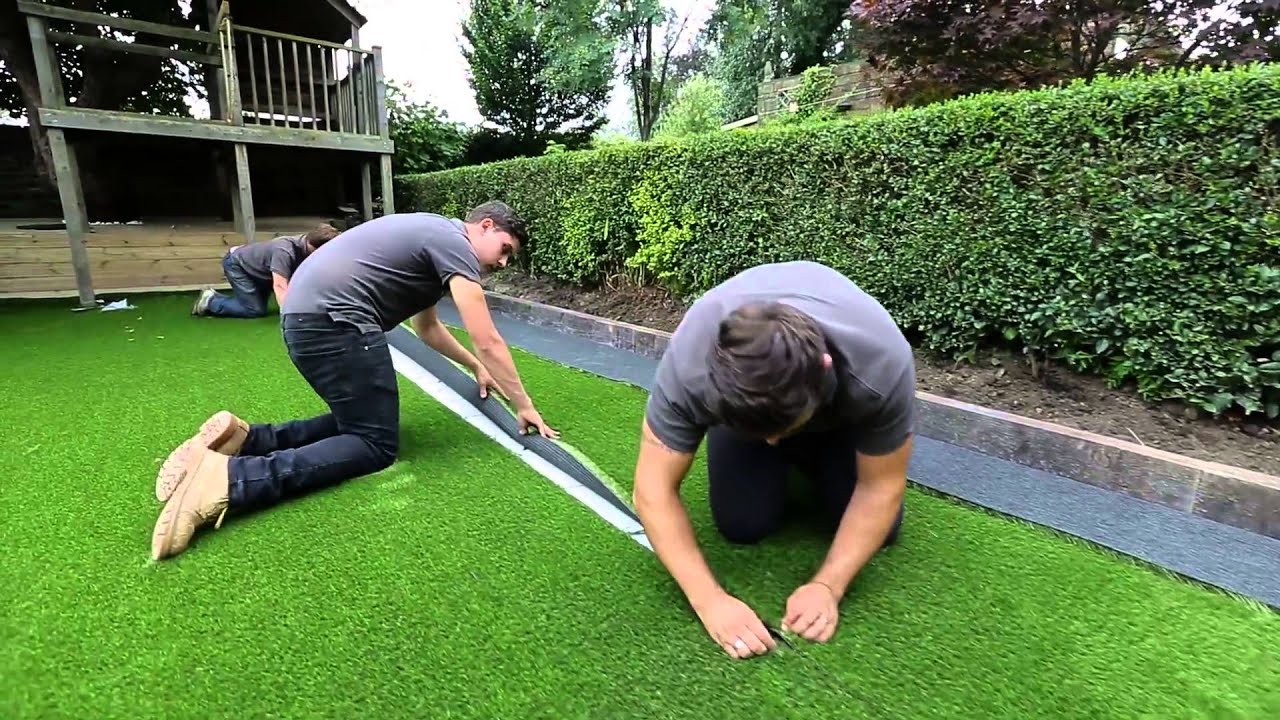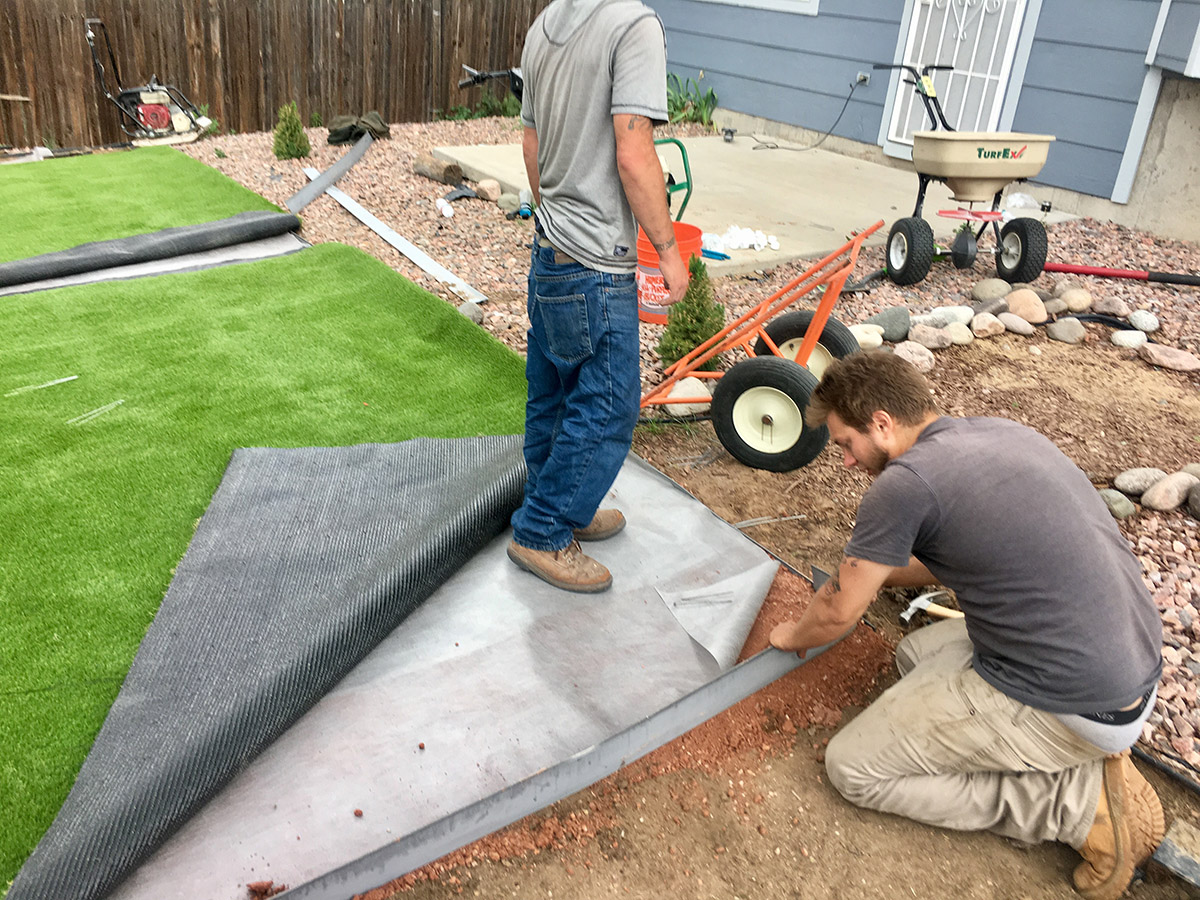Premier Phoenix Turf Companies Delivering Premium Synthetic Lawn Products
Premier Phoenix Turf Companies Delivering Premium Synthetic Lawn Products
Blog Article
See Why Homeowners Prefer Synthetic Grass for Sustainable Landscape Design Practices
As homeowners significantly prioritize sustainability in landscape design, synthetic lawn has arised as an engaging alternative to conventional yard. What stays to be explored is the complete range of advantages that artificial lawn can offer to property owners and the atmosphere alike.
Water Conservation Advantages
Among the most considerable benefits of synthetic grass is its function in water conservation. Conventional yard lawns require considerable quantities of water to preserve their lush look, often resulting in overuse of local water resources, particularly in deserts. On the other hand, synthetic grass removes this need completely, as it does not call for irrigation. This not just preserves water however also lowers the pressure on municipal water supply, especially during dry spell problems.
In addition, the installment of synthetic grass can add to a more sustainable landscape. House owners can significantly decrease their water expenses, enabling reallocation of resources to other environmental campaigns or home usages. Additionally, fabricated lawn is created to hold up against numerous climatic problems without the demand for extra watering, making it an ideal option for areas dealing with water shortage.
The ecological benefits prolong beyond prompt water cost savings. By decreasing water intake, synthetic grass aids to mitigate the influences of climate adjustment, maintaining essential communities that are endangered by too much water removal. As sustainable landscape design techniques obtain traction, artificial grass becomes a responsible choice for home owners looking for to produce environmentally friendly exterior rooms.
Reduced Maintenance Initiatives
Fabricated turf significantly lowers upkeep initiatives compared to standard yard yards. With man-made grass, home owners can remove the taxing tasks linked with natural landscape design, such as mowing, feeding, and weeding. This not only saves valuable time yet additionally decreases physical labor, making grass care accessible for individuals of any ages.
One of one of the most notable advantages is the absence of normal mowing. Traditional lawns call for frequent trimming to preserve an aesthetically pleasing height, whereas synthetic grass stays constantly lavish without the demand for reducing. Furthermore, home owners no longer require to apply fertilizers or chemicals, which are commonly required to maintain natural turf healthy and balanced. This change not only lightens the workload yet additionally advertises a neater, a lot more consistent look year-round.
In addition, artificial grass is durable and resistant, calling for minimal upkeep beyond occasional cleaning and washing to eliminate particles. This simplicity of upkeep permits house owners to appreciate their outside rooms without the continuous fear of maintenance, providing even more time for recreation and household activities. Inevitably, the lowered upkeep efforts connected with fabricated turf make it an enticing choice for those seeking a low-maintenance, visually appealing landscape.

Ecological Effect Decrease
There is a growing acknowledgment of the ecological advantages related to synthetic grass, particularly in terms of water conservation and reduced chemical usage. Typical grass call for considerable quantities of water, specifically in drought-prone regions, leading to boosted pressure on neighborhood water resources. In comparison, artificial lawn removes the need for watering, drastically reducing water consumption and promoting sustainability.
In addition, standard grass maintenance commonly includes the application of herbicides, pesticides, and plant foods, which can contribute to soil and water pollution. Synthetic grass alleviates this environmental threat by needing minimal maintenance and essentially removing the requirement for damaging chemicals. This not only boosts soil health but also shields regional communities from poisonous runoff.
Furthermore, the manufacturing of all-natural yard lawns typically involves using fossil gas for mowing and landscaping equipment, additional adding to greenhouse gas emissions. By choosing fabricated grass, homeowners can dramatically reduce their carbon footprint related to lawn treatment tasks.
Visual Appeal and Versatility
In addition to its environmental benefits, artificial grass provides significant visual appeal and adaptability for landscape design. House owners can accomplish a lavish, eco-friendly appearance year-round, getting rid of the seasonal fluctuations commonly connected with natural lawn. This consistent aesthetic not just boosts the visual allure of a building but additionally adds to a well-maintained and refined appearance.
Moreover, synthetic grass is available in a range of colors, styles, and structures, permitting personalization to fit specific choices and layout themes - Turf installation phoenix az. Whether used in domestic gardens, business spaces, or recreational locations, it can flawlessly integrate right into varied landscaping layouts, from contemporary minimal to lush exotic setups
The convenience of man-made grass extends past plain look; it can be set up in different areas, consisting of rooftops, patios, and also interior spaces, developing opportunities for special landscaping solutions. In addition, it appropriates for a series he has a good point of tasks, from children's play locations to pet-friendly environments, offering capability without endangering style.
Eventually, the visual appeal and adaptability of fabricated turf make it an attractive alternative for home owners looking for lasting landscaping solutions that do not give up appeal for environmental responsibility.

Long-Term Cost Cost Savings
One of one of the useful source most compelling advantages of artificial grass is its capacity for long-term expense savings. Unlike natural yard, which requires regular upkeep-- consisting of mowing, watering, fertilizing, and insect control-- synthetic lawn considerably reduces these continuous expenses. Homeowners can conserve a considerable amount on water bills, specifically in areas where water shortage is a pressing problem. The removal of grass care solutions further contributes to economic savings, as there is no need for specific devices or labor.
Furthermore, synthetic grass has a life-span of 15 to 25 years, depending upon its top quality and use. This sturdiness reduces replacement expenses, making it a much more cost-effective option over time. Furthermore, the first financial investment in fabricated lawn can often be redeemed via the cost savings accumulated gradually.
While the in advance expense might appear greater compared to turf installation, the advancing savings from decreased upkeep and water use usually exceed these initial expenditures. Ultimately, the fostering of man-made lawn not just promotes a sustainable landscaping solution but likewise supplies house owners a financially smart option that lines up with long-term budgeting goals.
Conclusion
Fabricated lawn emerges as an engaging alternative for sustainable landscape design, providing substantial advantages in water conservation, minimized upkeep efforts, and diminished ecological impact. As communities increasingly prioritize environmentally friendly techniques, the fostering of synthetic grass stands for a dynamic step toward accomplishing lasting and resilient landscapes.
Additionally, man-made grass is designed to hold up against numerous weather problems without the need for supplementary watering, making it a suitable selection for regions dealing with water shortage. (Artificial turf companies phoenix)

Fabricated turf emerges as a compelling alternative for lasting landscape design, offering considerable advantages in water preservation, decreased upkeep initiatives, and diminished ecological impact.
Report this page